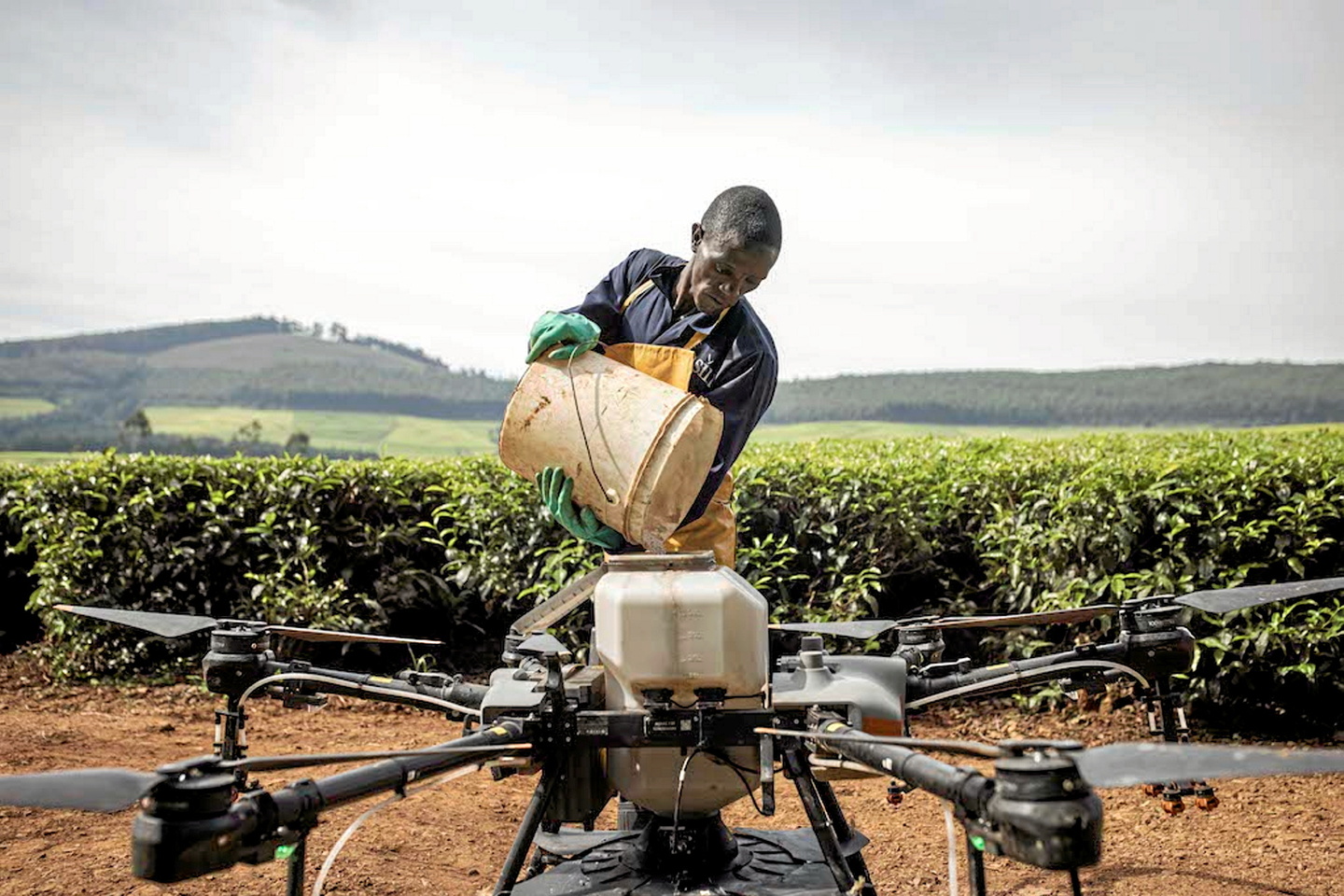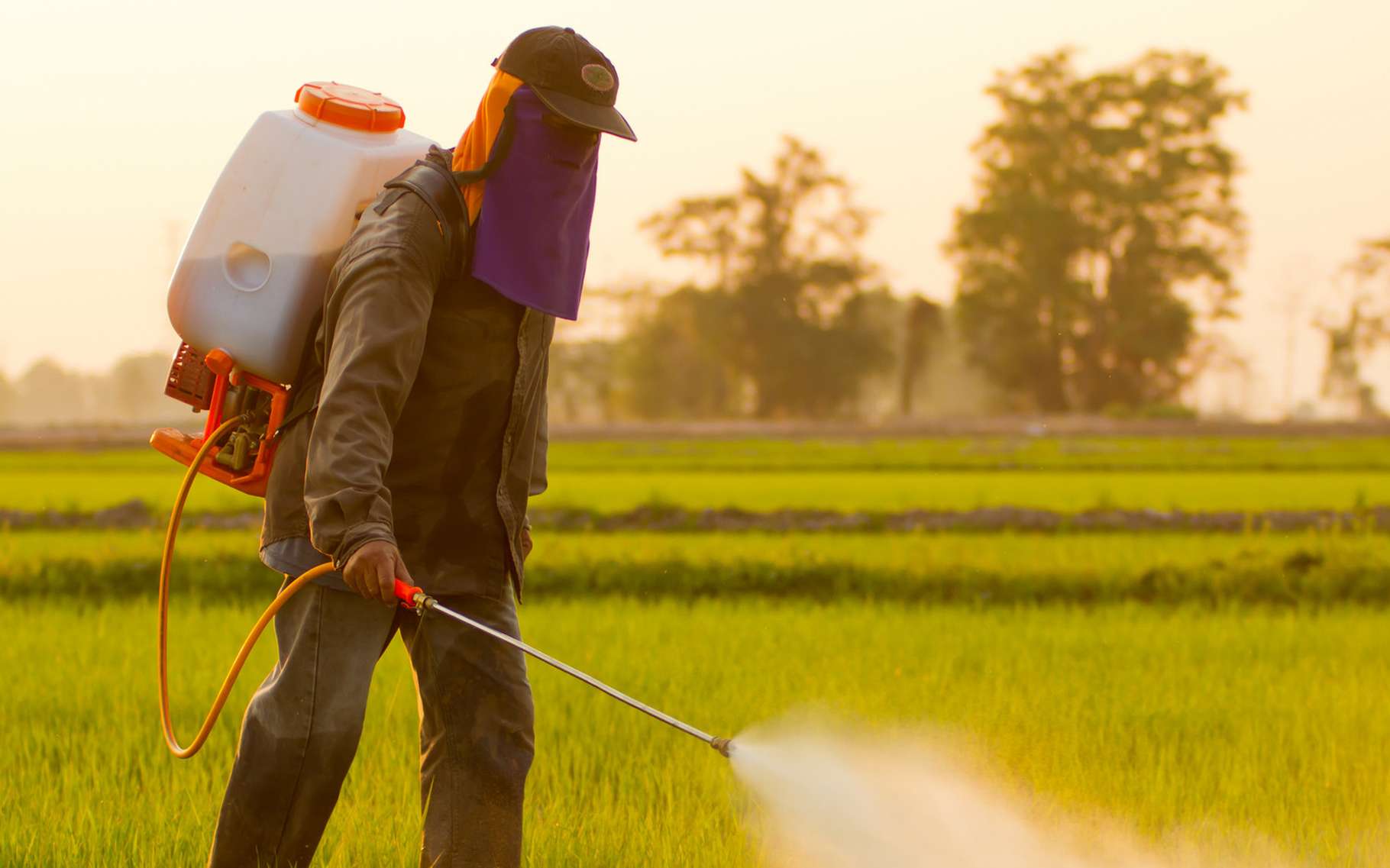The effects of climate change on global rice production are a growing concern, particularly in critical regions such as Southeast Asia and West Africa. Climate fluctuations, including extreme temperature variations, erratic rainfall, floods and prolonged droughts, have a direct impact on rice crop yields and quality. An overview of Southeast Asia and West Africa, where the impact of climatic hazards is very palpable on rice commodities.
Southeast Asia alone accounts for 90% of the world’s rice production. However, several countries such as Indonesia, Thailand and Vietnam are weakened for various reasons. Soil salinization caused by rising sea levels leads to saltwater seepage into river deltas, which reduces soil fertility in the region (1 million hectares of rice-growing land is threatened), such as the Mekong Delta. Indeed, according to Le Courrier du Vietnam, the Mekong is suffering the most violent drought in 2 consecutive years. Natural disasters such as frequent typhoons in the area damage and destroy rice plots and agricultural infrastructure. In addition, according to FAO, an increase in average temperature of +1°C could possibly reduce rice yields by 10% in the long term.
In West Africa, rice is an essential commodity, regularly consumed by countries such as Nigeria, Côte d’Ivoire and Mali. However, these countries are facing unprecedented variability in rainfall. Indeed, irregular rainy seasons disrupt the germination and planting schedule. Prolonged droughts increase water stress and limit access to water normally dedicated to irrigation. These phenomena in the region are putting pressure on food security. They slow down governments’ efforts in this direction, increase dependence on imports and thus impact the local economy.
It is imperative that governments, international organizations and local actors work together to mitigate the impacts of climate change on global rice production, ensuring food security for the 3.5 billion people who depend on it as a staple food. Indeed, if concrete measures are not taken immediately, global rice yields could fall by 15 to 20% by 2050.




